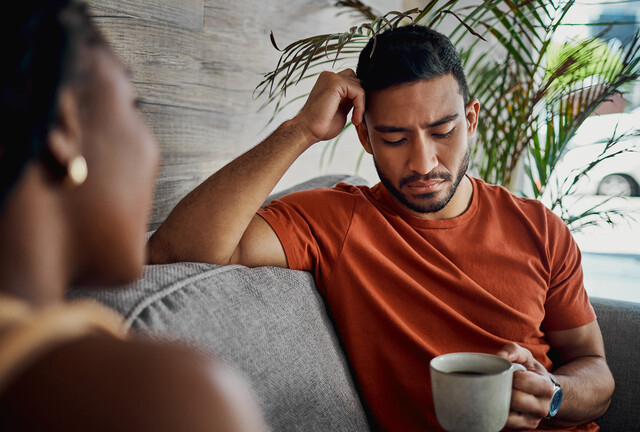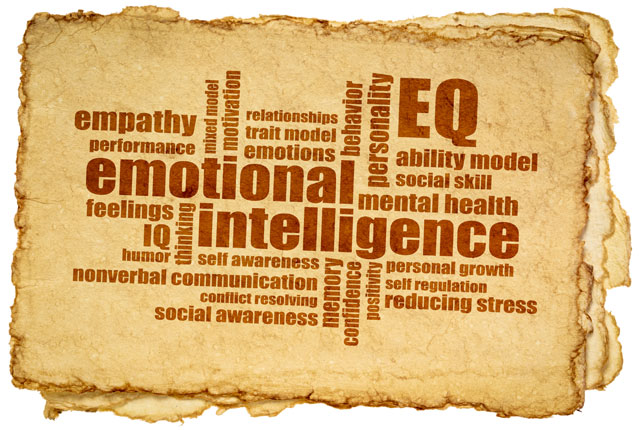Considered to be the third largest issue in mental health, social anxiety affects millions of people of all walks of life all over the world. The effect social anxiety has on a person can vary due to a number of factors. In some cases, the impact social anxiety has can differ from day to day or even multiple times in the same day. However, it does not mean that having social anxiety is a permanent crutch that can prevent a person from having a normal life. Those with social anxiety have access to many resources, including medication, support, coping strategies, and more.
It is the intent of this article to offer those with social anxiety and their loved ones, as well as those who treat those with social anxiety, the best tools and information possible.
What Is Social Anxiety Exactly?
Social anxiety is often defined as a disorder where the person effected has fear of social situations, usually those that require interaction with others. Formally known as social phobia, those with social anxiety often are afraid of how others will judge or evaluate them during social interactions. It is a chronic condition that can affect multiple different parts of a person's life, and sometimes does not require any instances of socialization for the condition to respond.
Those with social anxiety can have it manifest in two different ways, specific social anxiety and generalized social anxiety. The differentiation is often due to the situation in which a person's anxiety presents itself.
- Specific Social Anxiety--Typically, those who have specific social anxiety are fearful of certain circumstances. Not all social interactions cause them to be anxious, with only one or two forms of socializations generating anxiety. For example, it is common for someone to develop social anxiety only when they are in front of a large group. This case is often referred to as stage fright or performance anxiety.
Having specific social anxiety does not mean that that person's anxiety is less serious or that they should be treated as less important when seeking help. It can manifest to the same severity for them as someone would experience with generalized social anxiety. They can use the same strategies to cope with and prevent bouts of anxiety, and have the same resources available to them.
- Generalized Social Anxiety--Generalized social anxiety disorder is the widespread version of specific social anxiety, and is what normally comes to mind when thinking about social anxiety. It is the most common and far reaching of the two variations of social anxiety. Those with generalized social anxiety often find that they experience anxiety, nervousness, and general discomfort during any and all socializations.
Those with generalized social anxiety find that it spreads to multiple facets of their life, including interactions at work and school. Situations that generate a more severe response or involve more triggers for anxiety may be avoided more than others. Likewise, those with generalized social anxiety may find that they focus on certain social interactions because they have fewer triggers or are less distressing. As a result, they may withdraw themselves from socializing and be seen as shy or aloof. In some cases, they may be incorrectly labeled as being rude or unfriendly.
Symptoms of Social Anxiety
There is a misconception that those with social anxiety are merely shy, socially awkward, or anti-social. While those with social anxiety may be described as such--either by themselves or by their peers--those descriptions are not apt. Social anxiety involves psychological and emotional distress, and the symptoms associated with social anxiety will often present themselves as such.
- What situations do symptoms manifest?--Certain situations or circumstances are often referred to as triggers. Every person will have different triggers and will respond to their triggers differently. Different factors can affect how a person responds to their trigger, such as their mentality, health, and psychological and physical strength at the time they are faced with the trigger. Sometimes, a person's response to the same trigger may be different from what it was the last time they encountered it. For example, being tired or sick may cause a person with anxiety to not think about or use their coping strategies when faced with triggers.
Typical situations where those with social anxiety may encounter triggers and have a response can include social situations of both positive and negative natures. Anytime where the focus of the situation may be placed on the person with anxiety can trigger a response. This can include introductions to new people, being watched as they do something, meeting with authority figures, teasing or criticizing, and anything where the person needs to interact with others. There really is not a definitive list of situations that can trigger social anxiety, and not every situation will be triggering.
- Psychological Symptoms--Most of the psychological symptoms of social anxiety involve fear. The person's mind will see a social interaction as a cause for fear and will respond to it accordingly. They may begin to have negative thoughts that only serve to worsen the situation. It's like having a devil on your shoulder whispering things that skew your interpretation of how others are perceiving you and create a sense of paranoia--Yes, you are making a fool of yourself. Yes, they're talking about you. Of course it's you that they're laughing at. What are you doing, you're ruining everything. Basically, social anxiety can make it seem like your own mind is working against you.
The feelings that a person has when their social anxiety presents itself will persist, even if they are aware that those thoughts are not rational and are just their anxiety talking. Once they get started, it can be hard to slow them down or stop them. Hence, social anxiety is viewed as a chronic disorder.
- Physical Symptoms--With the psychological symptoms, there are associated physical symptoms that can also manifest. If the mind is in distress, the body will usually respond in kind. It's the same concept as fight-or-flight--the mind believes itself to be in danger and thus tells the body to prepare itself for action, even if there is no danger to be had. The connection between the mental and physical response often leads to how social anxiety is treated. Often, people will try to calm down their mind in order to alleviate the physical symptoms.
Typical physical symptoms of social anxiety will include an increased heart rate, sweating, and shaking limbs and muscles. As their heart is racing, those with social anxiety may also blush or develop red patches on their skin from the increased blood flow. They may have problems making eye contact, have dryness in their mouth and throat, and find it difficult to swallow or speak. The more severe the response is, the more intense the symptoms will be.
The physical symptoms of social anxiety can vary from person to person. Someone may have no problems making eye contact during an anxiety attack, yet be tomato red every time without fail. They may also have additional symptoms that are a result of the other symptoms. For example, an increased heart rate may make some people feel dizzy or faint, or even warm from the increased blood flood. A person's breathing may also be affected by their heart rate, leading to hyperventilating or feeling like it's difficult to breathe.
Statistics About Social Anxiety
Including statistics about social anxiety in this article serves to provide you, as the student, with as much information as possible. How you take and use the following data, both inside and outside of the article, is entirely up to you. The following is data and statistical information pertaining to social anxiety disorder.
- Who?--In terms of who actually develops social anxiety, it is evident that it is a non-discriminatory condition. Most of the collected data shows that social anxiety developed equally amongst men and women, with little to no deviation for other demographics. With other anxiety disorders, such as generalized anxiety disorder, women typically outnumber men when it comes to those affected. In that regard, social anxiety does stand out amongst other mental health conditions.
- When?--There is a question as to when anxiety disorders can develop. For most, social anxiety will typically develop around thirteen years of age, soon after puberty has kicked in. This does not mean that if you make it through your formative years without experiencing any anxiety symptoms that you will never have an anxiety disorder. Anxiety disorders, like social anxiety, often develop as part of a dual diagnosis where there is two or more conditions that have developed and are impacted by one another. In studies conducted by the Anxiety and Depression Association of America, of the forty million adults in the United States that have an anxiety disorder, about three-fourths will have or have already experienced their first anxiety episode by the time they are twenty-two years old.
- Treatment--Among all other health conditions, both of a mental or physical nature, anxiety disorders are one of the most easily treatable conditions. However, many of those with anxiety of any kind wait on average ten years before seeking treatment. On average, barely a third of those who have anxiety will even consider seeking treatment for the condition. It is quite possibly due to the sense of powerlessness that many people with social anxiety feel in regards to their condition. Social anxiety is belittled by so many that there is a fear that seeking help for it is an embarrassing or humiliating task.
- Cost--In the United States, around $42 billion is spent per year on anxiety disorders, about a third of the $148 billion that is spent on mental health. The bulk of that money comes from repeated uses of health care services, like therapy and medication. Remember, social anxiety is a chronic condition and its symptoms never fully go away. If something works, a person will revisit it as many times as is necessary to find relief.
Determining if you or someone you know has social anxiety requires a little bit more than simply looking at the symptoms of the condition, like those listed earlier in the article. Many will choose to be evaluated by mental health professionals in order to find an exact diagnosis. Doing so is heavily recommended, as self-assessment can leave gaps in a person's diagnosis.
However, if you are unsure if your symptoms really are social anxiety, then you can so a self-assessment exam. Most organizations that offer resources for social anxiety suffers and or do research for the condition will have self-tests to help people determine if what they are experiencing is anxiety. Publications and organizations that are focused on psychology, like the magazine Psychology Today, offer self-evaluations that are similar to those a professional would conduct. They are usually simple questions and checklists that can put you in the right direction to help you figure out what you are looking for.































